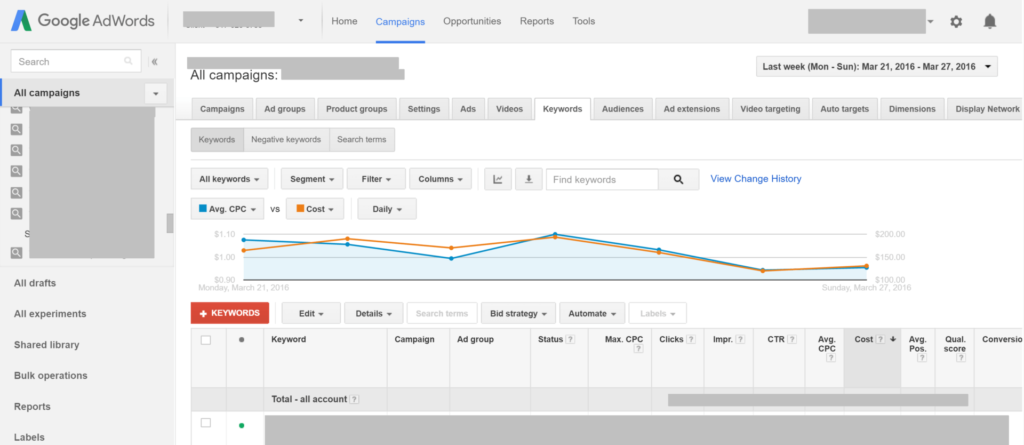Every day, we talk to organizations looking for assistance with digital marketing. In their interactions with us, there are some things these organizations say or do, which we wish they would change. Here are
some of the important ones:

Some advice to organizations looking to hire a digital agency.
-
- Give us a list of items they want a quote on
Digital marketing is a service that at it’s best when it’s customized. We are like the doctor who prescribes medicine as per the patient and his or her disease. Getting a list of digital marketing items on which a quote is wanted is like giving us a shopping list. What we most want to hear and understand from you is your business or marketing problem.Why are we more interested in the problem and not in the solutions you have in mind ? This is because we may have other and better suggestions as to what works. - Ask us if we have a database of prospective customers that we can share
An agency usually – and we are no different – does not keep a database of potential customers. Each assignment we do is specific to a client and the customer and prospect data that we handle as part of the assignment is specific to the client and therefore confidential. - Evaluate our proposal but not us
Here is a comment on the process organizations follow in selecting their digital marketing agency. Typically, early on in the discussion, we get asked a proposal. But what happens is that the prospective client quickly begins comparing proposals received from various agencies.What gets left out is either or both of the following. First, an in-depth discussion first on the proposal. Second, an evaluation of the agency and it’s track record.What we recommend: if you are located in the same town as us, ask for a face to face meeting. And if in a different location, do a con call with the agency. Secondly, for evaluating the agency, ask for not just it’s client list or it’s company deck, but for the profile of the agency’s management and for case studies and other material regarding the work done to date. Once all looks good, references from the agency’s clients can be useful as well.Else the danger is you may award your digital marketing contract to the agency with the best looking proposal or the lowest cost proposal. What you need is the best digital marketing service provider.
- Give us a list of items they want a quote on
The above are some observations that are top of mind. We’ll come back with some more.

